Contact Details
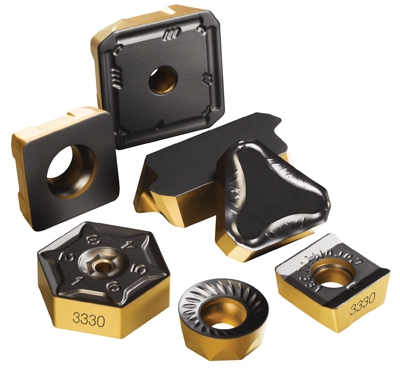
Cast iron milling is the next machining area covered by the new grades with Inveio from Sandvik Coromant. Having already introduced the grade GC4325 for steel turning, the cutting tools supplier introduces GC3330, a wear-resistant first choice grade for cast iron milling.
With predictable performance becoming increasingly important in many machining processes, GC3330 is meeting the needs of today's manufacturing. The consistent performance of GC3330 creates opportunities for manufacturers to increase machine utilization as well as removing a lot of metal in a short time without compromising tool life. Minimizing machining interruptions also enables secure unmanned machining.
GC3330 is equipped with Inveio, the latest innovation in material science. The technology uses uni-directional crystal orientation. While the crystal orientation in conventional inserts' CVD alumina coating normally is random, GC3330 has controlled crystals lined up towards the top surface. This is the secret behind the endurance, predictability and long tool life of GC3330.
The new insert grade GC3330 is the first choice for both dry and wet cast iron milling, from roughing to finishing. Covering a broad application area, Sandvik Coromant's new grade can be used in any cast iron milling operation for both grey and nodular cast iron materials. GC3330 is available for a variety of milling cutters for face-, shoulder-, profile-, high feed-, and parting and grooving milling.
Related Glossary Terms
- chemical vapor deposition ( CVD)
chemical vapor deposition ( CVD)
High-temperature (1,000° C or higher), atmosphere-controlled process in which a chemical reaction is induced for the purpose of depositing a coating 2µm to 12µm thick on a tool’s surface. See coated tools; PVD, physical vapor deposition.
- gang cutting ( milling)
gang cutting ( milling)
Machining with several cutters mounted on a single arbor, generally for simultaneous cutting.
- grooving
grooving
Machining grooves and shallow channels. Example: grooving ball-bearing raceways. Typically performed by tools that are capable of light cuts at high feed rates. Imparts high-quality finish.
- milling
milling
Machining operation in which metal or other material is removed by applying power to a rotating cutter. In vertical milling, the cutting tool is mounted vertically on the spindle. In horizontal milling, the cutting tool is mounted horizontally, either directly on the spindle or on an arbor. Horizontal milling is further broken down into conventional milling, where the cutter rotates opposite the direction of feed, or “up” into the workpiece; and climb milling, where the cutter rotates in the direction of feed, or “down” into the workpiece. Milling operations include plane or surface milling, endmilling, facemilling, angle milling, form milling and profiling.
- parting
parting
When used in lathe or screw-machine operations, this process separates a completed part from chuck-held or collet-fed stock by means of a very narrow, flat-end cutting, or parting, tool.
- turning
turning
Workpiece is held in a chuck, mounted on a face plate or secured between centers and rotated while a cutting tool, normally a single-point tool, is fed into it along its periphery or across its end or face. Takes the form of straight turning (cutting along the periphery of the workpiece); taper turning (creating a taper); step turning (turning different-size diameters on the same work); chamfering (beveling an edge or shoulder); facing (cutting on an end); turning threads (usually external but can be internal); roughing (high-volume metal removal); and finishing (final light cuts). Performed on lathes, turning centers, chucking machines, automatic screw machines and similar machines.

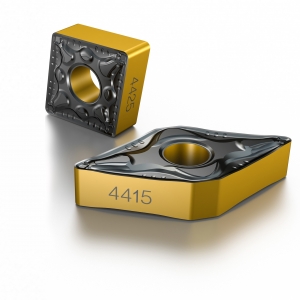

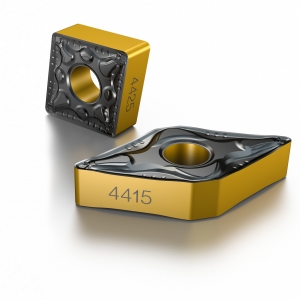
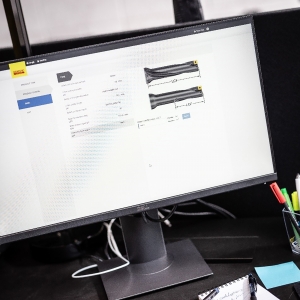


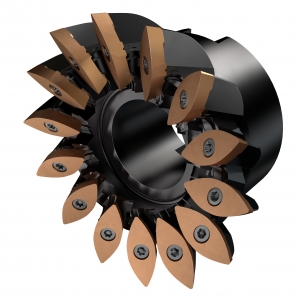
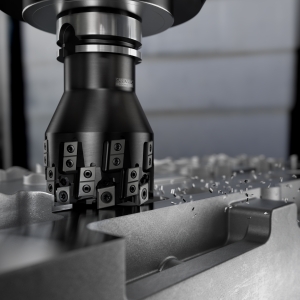
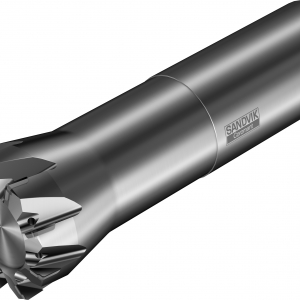
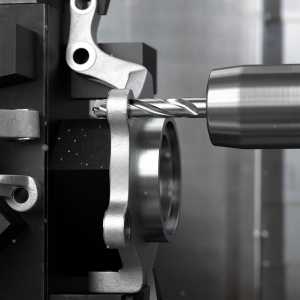
 PRODUCTS
PRODUCTS

